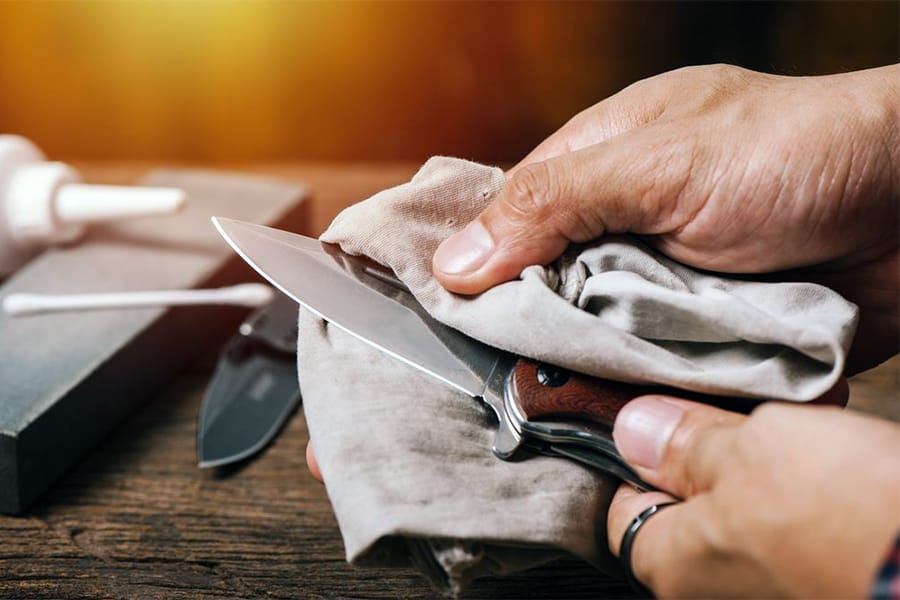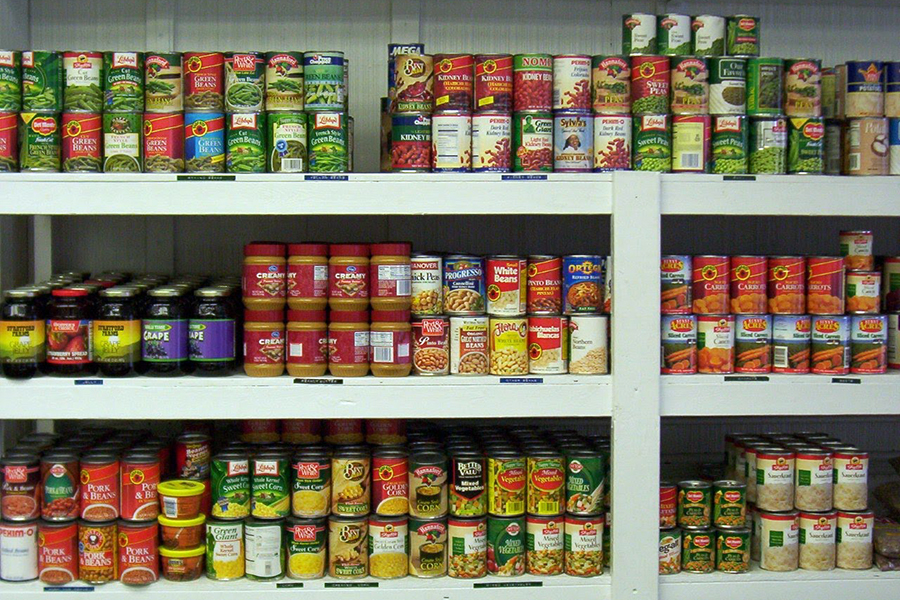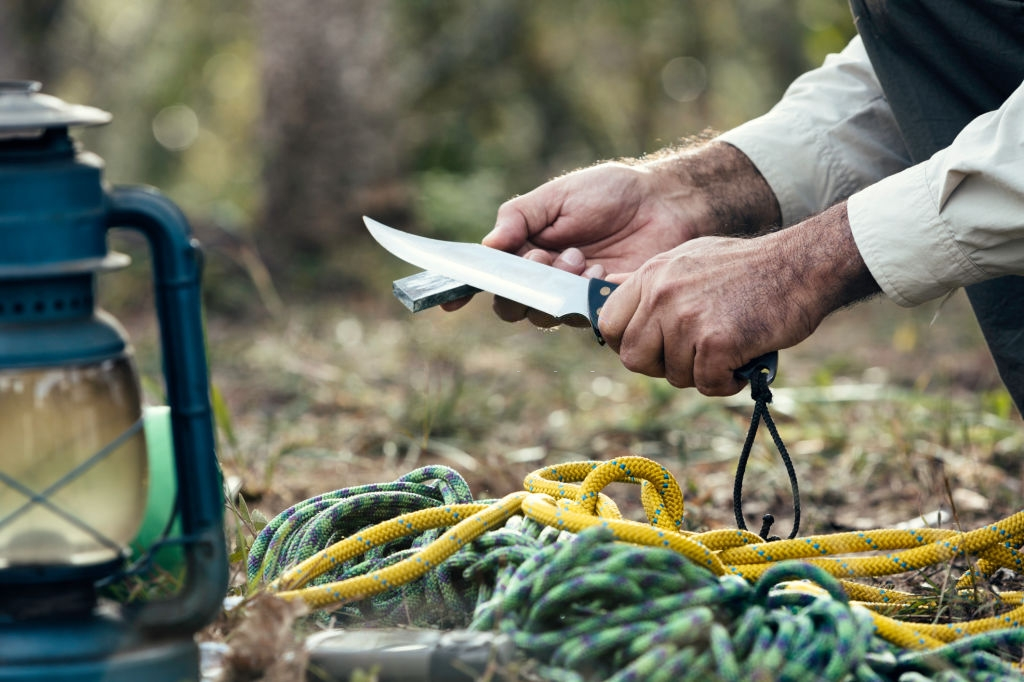How to Sharpen a Pocket Knife – Top Methods for a Razor Sharp Knife
How to Sharpen a Pocket Knife
When the SHTF, one of the first things to reach for, once you have the family sorted, is your trusty knife, and no self respecting prepper would consider going anywhere without at least one blade of some description close at hand.
There are plenty of knives to choose from, and which one, is often a matter of personal preference. Whether you pick a multitool that contains a variety of blades, and other useful tools, a wide bladed hunting knife, or a pocket knife. What can’t be denied, though, is that a knife, in the hands of a prepper, is never just for cutting things and must be reliable and functional in many situations.
Choosing a knife
It’s common prepper practice to have a range of knives, each perfect for the role it needs to perform; after all you wouldn’t try and gut a rabbit with a big knife, and a small blade is useless for building a shelter.
In general, knives are made up of several components – the blade, the tang which attaches the blade to the handle, and the handle itself. The tang is one factor that determines the strength of the knife, and the best knives have a full tang. This is where the blade and tang are constructed from one piece of metal, and the tang runs the full length of the handle. This is opposed to the ¾ tang that only runs ¾ of the way down the handle, creating a weaker, but still useful, join.
The metal used is another consideration with the majority of knives made from carbon or stainless steel. Whilst a carbon blade will hold its edge for much longer, it will rust if not cared for. Stainless steel blades are pretty indestructible, but will need to be kept sharp.
The handle design and material are important considerations, and it’s essential that the grip works for you. Some of the cheaper knives have hollow handles, which not only makes them feel way too light, but means the whole thing is weaker. The handle often doubles as a hammer, or in certain situations, a non lethal weapon, but not if it’s hollow.
Whatever your choice, you’ll have to sharpen it as having a sharp, crisp edge is crucial to its function.
How to sharpen a knife
Always keep your knife sharp; you never know when you’ll need it and should be prepared.
The easiest way to sharpen your knives is with a pull-through sharpener. Quick, easy and safe to use and cheap to buy, Smith’s 2-Step Knife Sharpener is a great choice, and works well with most sizes of blade.
$5.99 in stock
There are other, more traditional methods, using stones to grind or sharpen the blade, but they take a lot of practice keeping your knife at exactly the right angle, and you can ruin a it in seconds.
If your knife has a convex (curved) blade, a strop works well and has more room for user error than the stone method. Drag your blade across the strop, keeping the blade as flat as possible against it, using long, consistent strokes.Then a stroke on the other side, back to the first side, and so on, building up a steady rhythm. Let the weight of the knife work for you, and start out by using the rougher side of the strop. The fine surface is for finalizing the finish. Stop periodically and test the blade on some paper, just to check you’re working at the right angle.
And that’s the best way to sharpen your knife collection!







